Politics
Why Is Donald Trump Still Reiterating $21 Million USAID Funding To India, Although It Went To Bangladesh? What Game Is Trump Playing And Why?
Published
9 months agoon
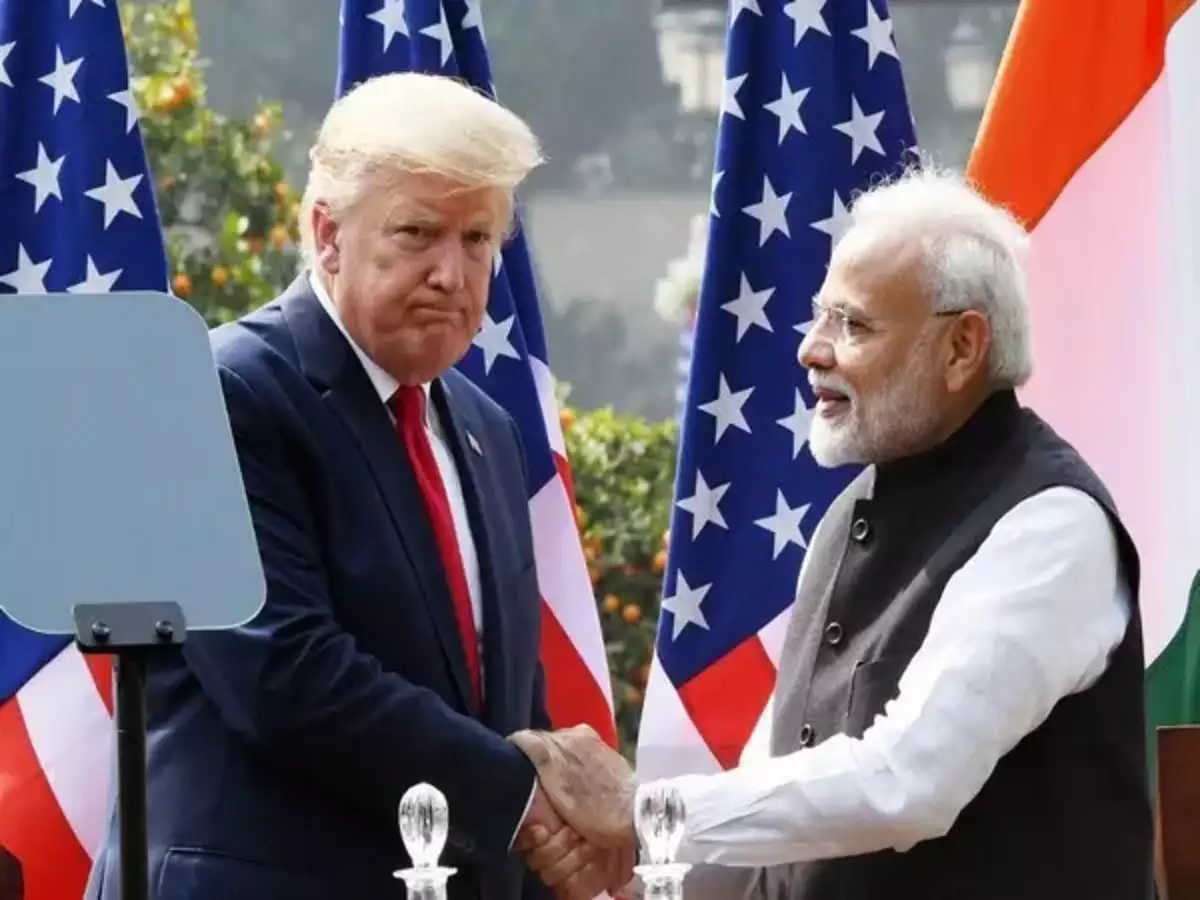
The glaring question about USAID, for the third consecutive day, U.S. President Donald Trump has reiterated his claim that the United States allocated $21 million in foreign aid to India to boost voter turnout. The statement has ignited a political controversy in India, where the Congress and the ruling Bharatiya Janata Party (BJP) are at loggerheads over the implications of such an assertion. However, emerging reports suggest that this grant was never directed to India but rather earmarked for Bangladesh in 2022.
The controversy further deepened when Trump raised questions about (an additional?) $29 million allocated to Bangladesh under the United States Agency for International Development (USAID), alleging that the funds were granted to an obscure firm with minimal operational presence. The claims come at a time when Trump has made sweeping changes to U.S. aid policies, dismantling USAID through the Elon Musk-led Department of Government Efficiency (DOGE) in a controversial cost-cutting initiative.
Coming to the main point, if this indeed is true, it throws up some very critical questions!
Shortly after his return to the Oval Office, President Trump initiated drastic federal cost-cutting measures, including terminating USAID.
As part of this process, DOGE disclosed a list of grants issued through the agency, which included a $21 million allocation ostensibly linked to India. According to DOGE, this funding was part of a broader $486 million disbursement to the Consortium for Elections and Political Process Strengthening (CEPPS), which supports democratic processes worldwide.
Trump wasted no time in using this disclosure as a political weapon. “Why are we giving $21 million to India? They have more than enough money. They are one of the highest taxing countries in the world when it comes to us,” he remarked. “Why do we care about India’s turnout? We got enough problems here. It’s a kickback scheme, you know?”
Yet, a closer examination of USAID’s historical financial data reveals a far more nuanced picture.
Deconstructing USAID’s Financial Trail
—From 2001 to 2024, USAID disbursed a total of $2.9 billion to India, averaging approximately $119 million annually.
—BJP-led NDA government (2014-2024): $1.3 billion (44.4% of total aid)
—Congress-led UPA government (2004-2013): $1.2 billion (41.3% of total aid)
In the last four years alone, India received $650 million, with the largest allocation occurring in 2022 under Joe Biden’s presidency ($228.2 million). However, a detailed sectoral analysis reveals that most of these funds were directed toward health and population programs (56% or $1.6 billion). Governance, which includes election-related programs, received only 4.2% ($121 million) of the total aid.
Dissecting the Alleged $21 Million “Voter Turnout” Grant
Among the $121 million allocated under the governance sector:
—$26.6 million was directed to “Government and Civil Society” initiatives.
—$94.7 million was assigned to “Other Social Infrastructure and Services.”
Of the $26.6 million:
—$14.6 million went toward “Elections and Democratic Participation.”
—$484,158 was specifically earmarked for “Elections.”
Importantly, this election-related grant was disbursed between 2013 and 2018 via CEPPS and ceased thereafter. Notably, the CEPPS website is currently non-operational, adding another layer of intrigue.
Furthermore, an independent investigation by a leading news outlet verified that the disputed $21 million was, in fact, allocated to Bangladesh under the USAID elections program. Of this, $18.1 million went to CEPPS, with the remaining sum distributed among other agencies.
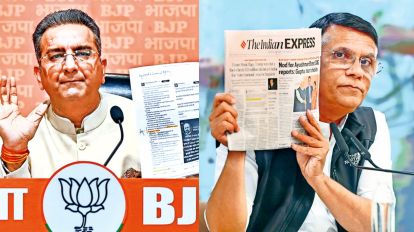
Political Fallout in India
Trump’s allegations have triggered a fierce political storm in India, with the BJP and Congress using the issue to score points against each other. The BJP has accused Congress of accepting foreign funding for electoral processes, with national spokesperson Pradeep Bhandari demanding an inquiry into whether Congress leader Rahul Gandhi personally benefited from such allocations.
On the other hand, Congress leader Pawan Khera has hit back, alleging selective amnesia on the part of the BJP. “When Smriti Irani was a brand ambassador for USAID and protested on the streets, was USAID behind those protests? When social activist Anna Hazare led agitations that toppled our government, was USAID involved? Everyone knows that he received funding from the Ford Foundation, with the RSS playing a role in the background.”
Now the serious questions –
Why Is Trump Playing This Game?
At first glance, it appears Trump is using this controversy to push his long-standing “America First” agenda—questioning why U.S. taxpayer money is being sent abroad instead of being utilized domestically.
But dig deeper, and a more strategic motive emerges –
1) By insinuating that India received election-related funds, Trump is definitely adding fuel to the fire of political ecosystem in India. But more importantly, he is also subtly stirring distrust in India’s democratic process, indirectly questioning the BJP’s legitimacy while providing fodder to the opposition.
2) The timing of Trump’s statements cannot be ignored. India is heading into a high-stakes election, and foreign interference indications can be damaging. Whether intended or not, Trump’s remarks put the Modi government in a defensive position, forcing them to explain their stance while giving Congress ammunition to attack them.
3) Trump has historically had his “bromance” moments with Modi but while he often praised Modi publicly, his administration was also critical of India on trade and economic issues. By bringing India into the conversation of foreign funding, he could be sharpening his tools and use this as a “bargaining chip” for more US benefiting trade deals.
4) Trump is known for criticizing U.S. foreign aid under the Biden administration, branding it as a waste of American resources. By misleadingly suggesting that India received this funding, he might be attempting to illustrate inefficiencies in U.S. foreign policy, making it a key talking point for advancing his administrations future steps.
2) Now, the question is for India, what If Indian parties actually took the money?
While reports clarify that India did not receive the $21 million in question, the controversy raises an important issue—foreign influence in Indian elections. If any Indian party had accepted foreign funds for electoral purposes, it would call into question the credibility of India’s democratic system.
The very idea of external entities funding election processes in any sovereign nation is troubling. It suggests that foreign interests could have a say in domestic political outcomes, leading to a dangerous erosion of self-governance. This is not a new concern—several nations have struggled with similar issues, from Russia’s alleged interference in U.S. elections to Chinese influence in Australian politics.
If Indian parties were ever found to have taken such funding, it would indicate a serious vulnerability in India’s election process, raising concerns about the autonomy of political decision-making.
3) The question of foreign aid for elections. a global pattern of deception?
The controversy surrounding this $21 million debacle also exposes a broader, more insidious global trend.
Governments and international organizations often justify election-related foreign funding under the guise of “strengthening democracy” or “increasing voter participation.” However, history has shown that such interventions frequently serve as tools of political leverage rather than genuine democratic assistance.
Countries like the U.S. have long used foreign aid as a strategic tool to influence political ecosystems. The supposed aim of promoting free and fair elections is often just a façade. When nations accept such funding, they open themselves up to potential political strings being pulled behind the scenes.
4) Where does it lead Indian citizens and votes?
Trump’s insistence on the false claim about India’s voter funding is most likely not just an isolated gaffe—it is a carefully calculated move that aligns with his larger agenda of challenging U.S. foreign aid policies while strategically creating political ripples internationally. Whether or not India was the intended target, the controversy has already created significant domestic repercussions.
Donald Trump’s repeated claims about a $21 million USAID grant to India—despite evidence that the funds were actually disbursed to Bangladesh—however, if Indian political parties did indeed receive foreign election funds, it raises serious concerns about the transparency and sovereignty of the democratic process in India.
— Foreign funding in elections opens the door for external influence in domestic policies, potentially jeopardizing national interests.
—If citizens believe their leaders are accepting foreign funds, trust in democratic institutions will erode, making governance more unstable.
—If one party is accused while others have historically received similar funding, it could expose double standards in political accountability.
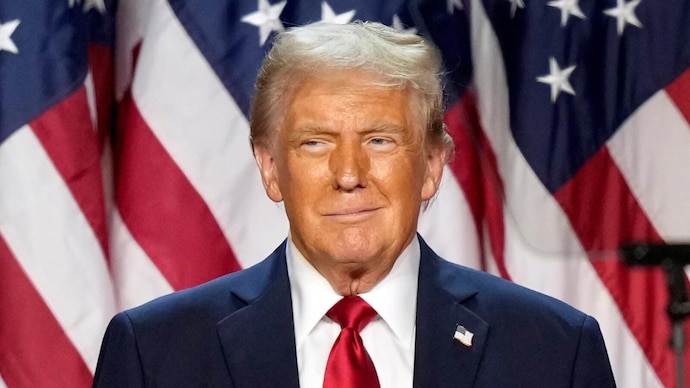
The Last Bit
Trump’s claims, when scrutinized against official records, appear to be misleading at best and politically motivated at worst.
The USAID data clearly indicates that India did not receive a $21 million grant for “voter turnout.” Instead, the funds were part of a broader initiative aimed at fostering democratic participation in multiple countries, with Bangladesh being the actual recipient of the specific grant in question.
While Trump’s rhetoric on foreign aid plays well with his domestic base, it has sparked a geopolitical storm, and complexity to U.S.-India relations. Meanwhile, in India, the controversy has morphed into a battle of political posturing, with the BJP and Congress each seeking to weaponize the issue for their own advantage. Whether this is a case of genuine concern over international election funding or a calculated political ploy remains an open question—but for now, the numbers tell a different story than Trump’s words.
Further, the issue extends beyond just India. Foreign aid for election-related purposes is often framed as support for democratic institutions, but in reality, it allows powerful nations to exert influence over weaker ones. The notion of “helping democracy” is often a veil for geopolitical maneuvering. Countries that accept such funds risk becoming pawns in a larger game of international posturing.
Trump’s statements may be misleading, but they shine a light on the hidden mechanisms of global politics. If foreign governments, whether the U.S. or others, are directing election-related funds to various countries, it suggests that democratic processes worldwide are more manipulated than the public realizes.
In essence, what is being presented as foreign aid may, in effect, be a carefully constructed illusion—one designed not to support democracy, but to control it.
You may like
-


Taiwan’s ‘Historic’ TSMC Deal, A Win Or The End Of Its ‘Silicon Shield’ As China Threatens? A Jittery Taiwan Watches Trump’s Moves On Ukraine, Wondering, Could We Be Next?
-


America And China’s Thirst For Gold In 2025 Is Draining Other Countries’ Reserves; Here’s Why?
-


Germany’s Friedrich Merz’s Big Balancing Act—Trump, Borders & Europe’s Future. Can He Deliver?
-


United Kingdom To Unleash Its ‘Harshest’ Sanctions On Russia Yet—But Will They Bite? How Trouble Is Brewing For Keir Starmer At Home. Shamed For Volunteering British Troops In Ukraine
-
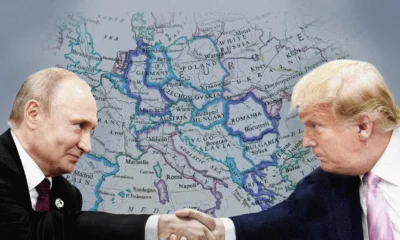

How It’s Not Trump But Vladimir Putin That Europe Is Stinging From: Trump’s U-Turn On Europe, Russia’s Strong Supply Chain—A Formidable Opponent!
-
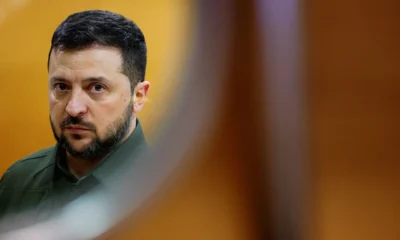

Is Ukraine Now Stuck In The US-Russia Ecosystem? Could Zelensky Have Made A Deal To Stop The War, Is Trump Right?
